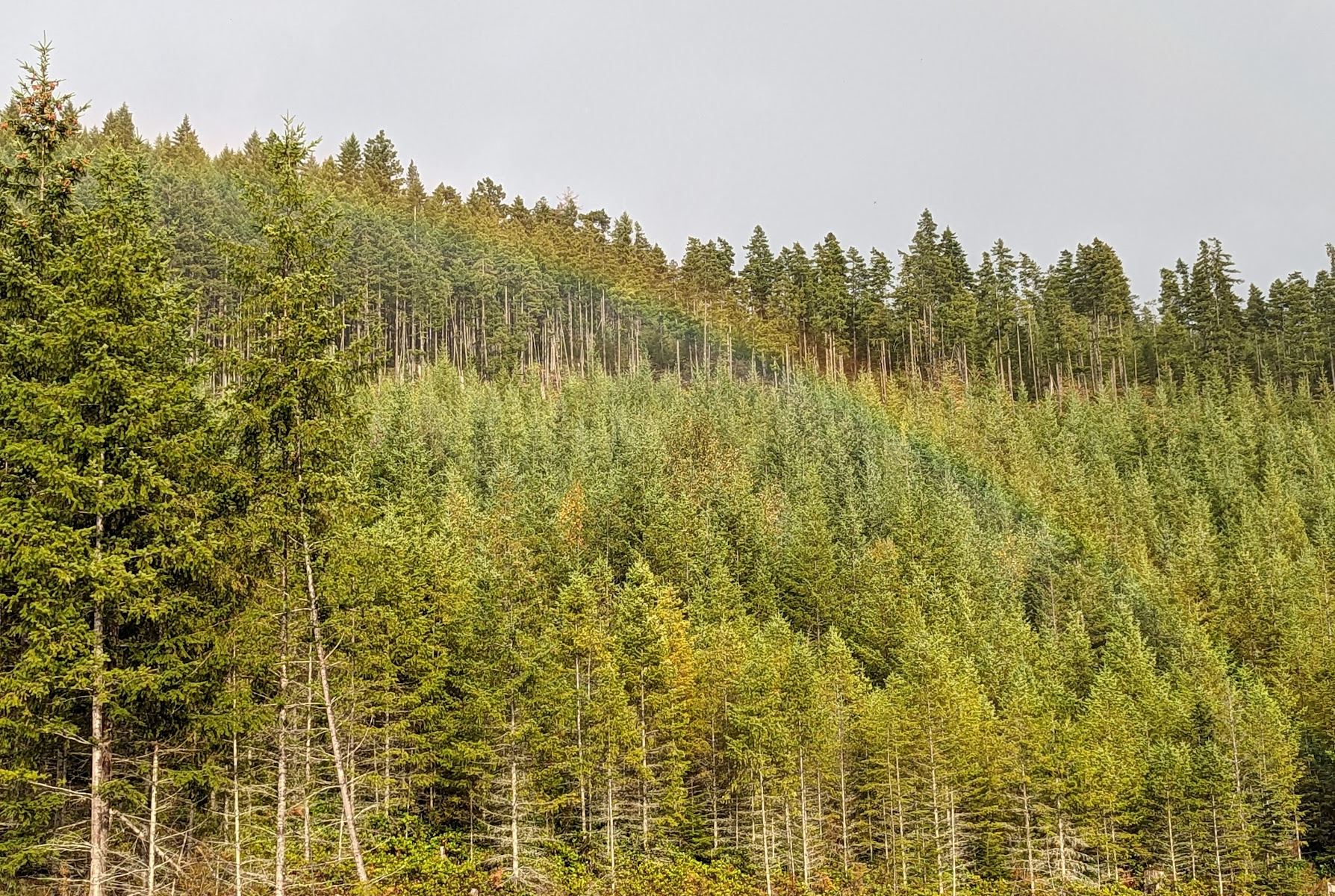I really don’t know how to introduce this article. Neutrinos are elementary particles and are electrically neutral. They are produced by numerous cosmological events. Trees, well, we all know what they are and in a recent paper, scientists believed it may be possible to use entire forests as neutrino detectors! I was a bit sceptical when I read the paper but its an interesting concept and certainly trees have been used as broadband antennae so perhaps, well its a fascinating concept.
Neutrinos have often been referred to as the ‘ghost particle’ due to their inability to interact with anything else. Despite this, they are one of the most common particles in the Universe with trillions passing through our bodies every single second! Unfortunately, their inability to interact with anything means that detecting them is rather challenging.
The ultrahigh energy neutrinos rely upon huge volumes of water, air or ice to pick up any interactions. The larger the volume, the greater the chance of detection. In these detectors, they look for the decay of tau leptons (an elementary particle similar to the electron with negative electric charge) which are the result of a tau neutrino interaction.
With any new detection array it is tricky to transition from the small proof of concept to full scale due to the sheer size required. The neutrino detector for example, known as Super-Kamiokande is a cylindrical tank containing 50,220 metric tons of pure water, 1,000 metre underground. Building something like this is a massive undertaking and in many cases, finding the location is problematic.

Some decaying tau decays via radio emissions require antennae for their detection. The array needs to be composed of thousands of manufactured antennae that have a clear line of sight to the horizon and must be distanced from civilisation to minimise potential interference. The practicality of manufacturing such an installation and the likely limited accessibility to the potential sites means there are difficult challenges to overcome.
The paper recently published by S. Prohira from the University of Kansas discusses the potential for using forests as antennae. Trees have been used as far back as the Vietnam war which ended in 1975. Troops found themselves in the jungle and in need of a communication system without being able to lug around bulky equipment. Tree antennae were born.
The ingenious forest antenna model has a number of advantages chiefly that the trees are sturdy and already established, saving effort and money on installation. Forests are also often found to contain a fairly uniform distribution of trees in locations that are usually already fairly barren granting clear views to the horizon.
More testing is required but sensitively implemented, forest antennae systems could help preserve forests indeed may even help reforestation in areas where forests have been lost. Their implementation is a fairly simple task but must be completed with care to protect the trees. I confess, I started out cynical to this story but having researched it, think it’s a fascinating concept and one to watch over the months and years ahead.
Source : The Forest as a Neutrino Detector

